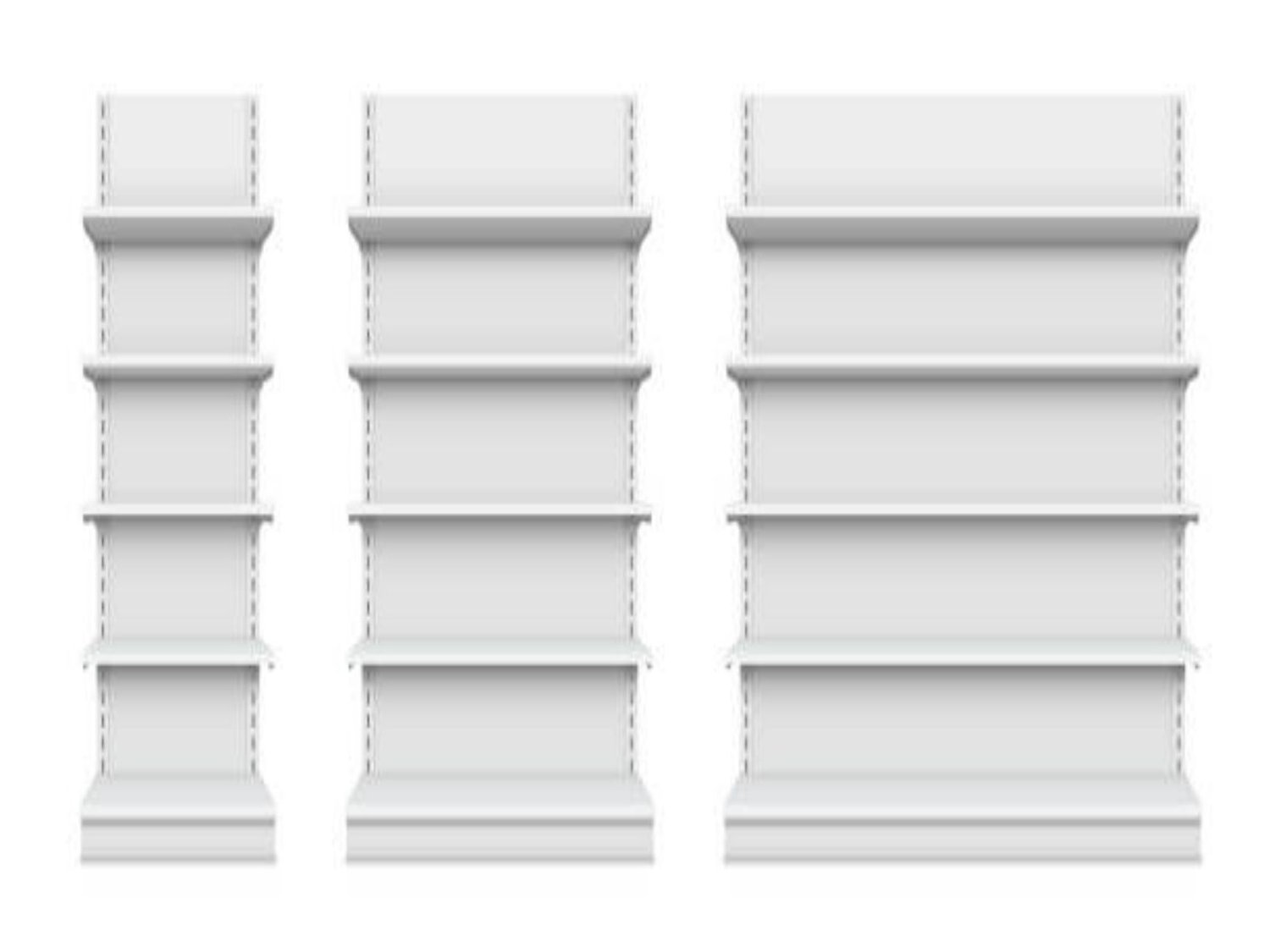Table of Contents

How to Customize Your Supermarket Shelves for Different Product Types?
Supermarket shelves play a crucial role in attracting customers and enhancing the shopping experience. By customizing your shelves to suit different product types, you can create a visually appealing and organized store layout that maximizes sales. In this article, we will explore various strategies and tips to help you effectively customize your supermarket shelves for different product types.
1. Understanding Product Categories
Before customizing your shelves, it is essential to have a clear understanding of the different product categories in your supermarket. Categorize your products into sections such as fresh produce, canned goods, dairy products, beverages, snacks, and more. This will help you determine the shelving requirements for each category.
2. Analyzing Product Sizes
Consider the sizes of the products within each category. Some products may be bulky, requiring more space, while others may be smaller and can be displayed more densely. By analyzing the sizes, you can determine the appropriate shelf dimensions and spacing required for each product.
3. Utilizing Adjustable Shelving
Invest in adjustable shelving units that can be easily rearranged to accommodate different product types. This flexibility allows you to adapt to changing inventory and experiment with different layouts. Adjustable shelving also enables you to optimize vertical space and display products at eye level for maximum visibility.
4. Displaying Fresh Produce
Fresh produce requires special attention to maintain its quality and appeal. Use refrigerated or cooled shelving units for fruits, vegetables, and other perishable items. Ensure proper signage and labeling to indicate the freshness and origin of the produce. Arrange them in an aesthetically pleasing manner to entice customers.
5. Organizing Canned Goods
Canned goods are a staple in most supermarkets. Use sturdy and stable shelving units to support the weight of these products. Group similar canned goods together and arrange them in a logical order, such as by brand or type. Labeling each section will make it easier for customers to find what they need.
6. Maximizing Shelf Space for Beverages
Beverages often take up a significant amount of shelf space. To maximize the space, consider using specialized shelves designed for bottles or cans. Utilize vertical organizers or divider systems to prevent bottles from tipping over and create an appealing display. Additionally, consider placing popular or seasonal beverages at eye level to encourage impulse purchases.
7. Showcasing Snacks and Confectionery
Snacks and confectionery items are often impulse purchases. Create attractive displays near the checkout area to encourage last-minute buys. Use specialized shelving units that allow you to showcase the products with clear visibility. Consider using tiered displays or rotating shelves to make the most of limited space.
8. Customizing Shelving for Health and Beauty Products
Health and beauty products require specific shelving arrangements to enhance visibility and accessibility. Use clear signage and labels for different product categories such as skincare, haircare, and personal hygiene. Consider incorporating adjustable shelves or hooks to accommodate products of varying sizes and shapes.
9. Creating Dedicated Sections for Organic and Gluten-free Products
As the demand for organic and gluten-free products continues to rise, creating dedicated sections for these items can attract customers with specific dietary preferences. Clearly label these sections to help customers easily locate these products. Consider using wooden or eco-friendly shelving units to align with the natural and organic theme.
10. Implementing Effective Signage and Pricing
Lastly, ensure that your shelves have clear and informative signage. Use eye-catching labels to highlight promotions, discounts, or new products. Price tags should be easily visible and consistent across all shelves. Consider using electronic shelf labels for more efficient pricing updates.
